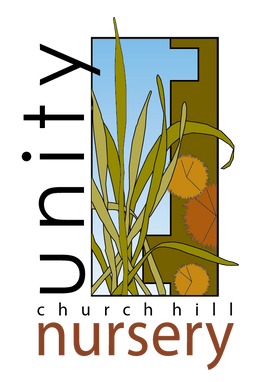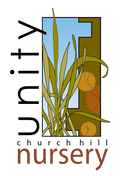Carya glabra (Pignut Hickory)
- In Stock
- Inventory on the way
Carya glabra, also known as pignut hickory, is a large deciduous tree native to many types of woodland (from low and wet to high and dry) across much of the American east and mid-Atlantic. Typically growing to 50-80’ tall 30-50’ wide at maturity, pignut hickory is known for its smooth gray bark that develops rough ridges as it matures, as well as its glossy, pointed, compound leaves and its namesake nuts that develop, fall, and litter the ground in the fall, though nuts don’t begin to develop until the tree reaches around 30 years old. Though pignut hickory nuts are bitter and not palatable to humans, they are still eaten as ground fodder by some birds and mammals, including hogs and wild boar.
Carya glabra is not picky about its environmental conditions, besides that it prefers well-draining moist to semi-wet soils. Otherwise, pignut hickory tolerates full and partial sun, acidic to neutral soils, and a variety of soil types including heavy clay. Pignut hickory also tolerates some salt exposure, as it grows in coastal areas, and tolerates soils contaminated with black walnut; in addition, Carya glabra may show better deer resistance than some other hickory species. Beyond its hardiness and environmental tolerance, Carya glabra provides beautiful golden fall color to the autumn landscape. And beyond its ornamental uses, pignut hickory’s use as a host plant for a number of important and beautiful butterfly and moth species makes it a vital addition to the landscape. These butterfly and moth hosts include the banded hairstreak butterfly (Satyrium calanus), and the regal (Citheronia regalis) and luna moths (Actias luna). Though its many fallen nuts can present an issue for lawn tidiness, pignut hickory is a gorgeous large specimen tree perfect for forest gardens, for open fields in need of shade, or for creating an excellent home for woodland creatures in your backyard.






